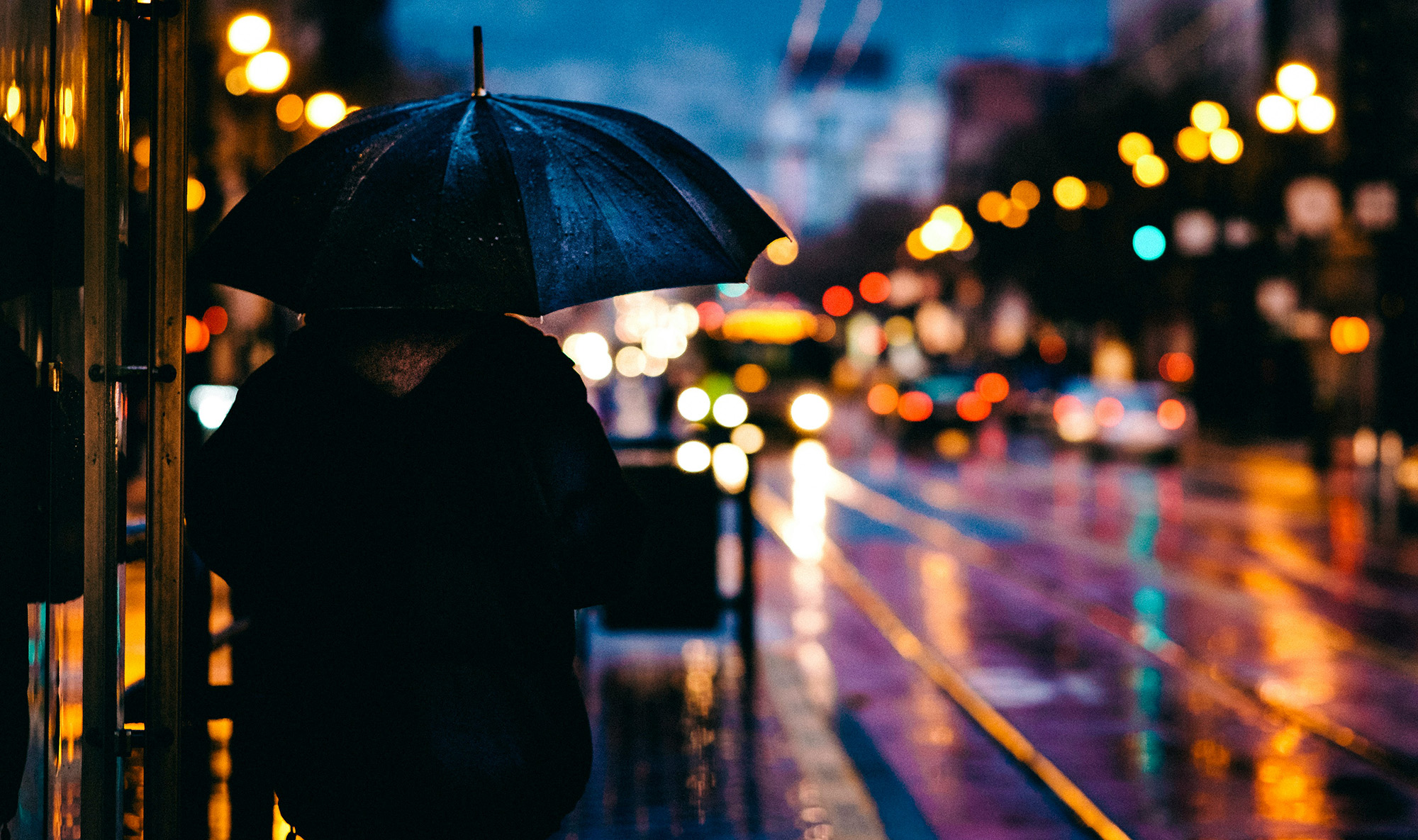
Lighting design plays a crucial role in modern urban planning, influencing not only the aesthetics and functionality of public spaces but also the safety and well-being of city residents. Two seemingly conflicting priorities dominate discussions in this field: the Dark Sky Initiative aimed at reducing light pollution, and the necessity of adequate urban lighting to ensure safety, and a feeling of safety for users, particularly with vulnerable groups.
The Dark Sky Initiative advocates for the reduction of light pollution to preserve night skies for astronomical observation, protect nocturnal ecosystems and biodiversity, and improve human health. Light pollution, caused by excessive or misdirected artificial light, disrupts natural rhythms and can have detrimental effects on wildlife and human circadian rhythms. Efforts to mitigate light pollution involve using shielded lighting fixtures that direct light downward, reducing the overall brightness of the exterior environment, and implementing policies that limit unnecessary nighttime illumination with lighting curfews.
On the other hand, urban lighting is critical for public safety. “Well-lit” streets, parks, and public spaces are essential for preventing accidents and deterring criminal activities. Admittedly, a definition for what is a well-lit space is still a topic for debate within the lighting design community and this lack of agreement is perhaps to the detriment of the overall lighting design cause. For vulnerable groups, including women, children, the elderly, LGBTQ and many other minorities, the presence of adequate lighting can mean the difference between feeling safe or feeling at risk when navigating urban environments at night.
This inherent conflict arises from the different goals of these two perspectives. The Dark Sky Initiative seeks to limit artificial lighting, while urban safety demands “well-lit” public spaces. Finding a balance between these objectives is challenging but necessary. Excessive lighting, while enhancing visibility, can contribute to skyglow, glare, and other forms of light pollution. The other side of this coin is that insufficient lighting can create dark spots that at worst, may become havens for criminal activities, and at best, removes the right from a substantial portion of the population to feel safe outdoors.
To reconcile the needs for dark skies and safe urban lighting, innovative lighting design solutions are required. These can include:
-
Targeted Lighting: Instead of broad, indiscriminate lighting, targeted lighting focuses light precisely where it is needed. This approach minimizes light spill and glare, directing illumination onto pathways and key areas without unnecessarily lighting the sky.
-
Adaptive Lighting Controls: Utilizing smart lighting controls allows for adaptive lighting systems that can adjust brightness based on real-time conditions. For instance, during late-night hours with low pedestrian traffic, lighting can be dimmed to reduce light pollution while still maintaining sufficient illumination for safety.
-
Community Involvement: Engaging local communities in the planning and implementation of lighting projects ensures that the specific needs of different groups, including women and other vulnerable populations, are considered. Feedback from these communities can guide the placement and intensity of lights.
-
Design Innovations: Advances in lighting technology, such as low-glare fixtures and lights with warmer color temperatures, can reduce the negative impacts of artificial light. These innovations can help maintain visibility and safety without contributing significantly to light pollution.
-
Policy and Regulation: Municipalities can adopt policies that balance light pollution control with public safety. Regulations that require the use of energy-efficient, shielded lighting fixtures, and the strategic placement of lights can help achieve this balance.



